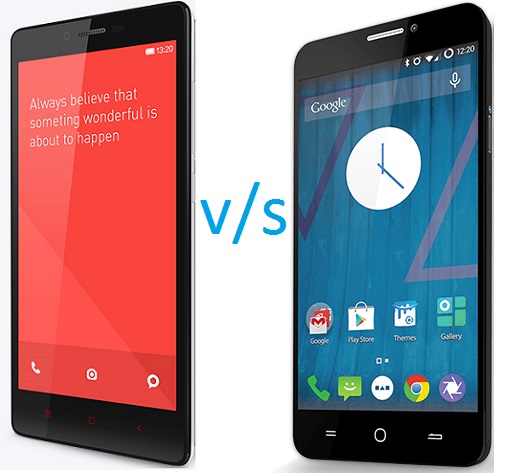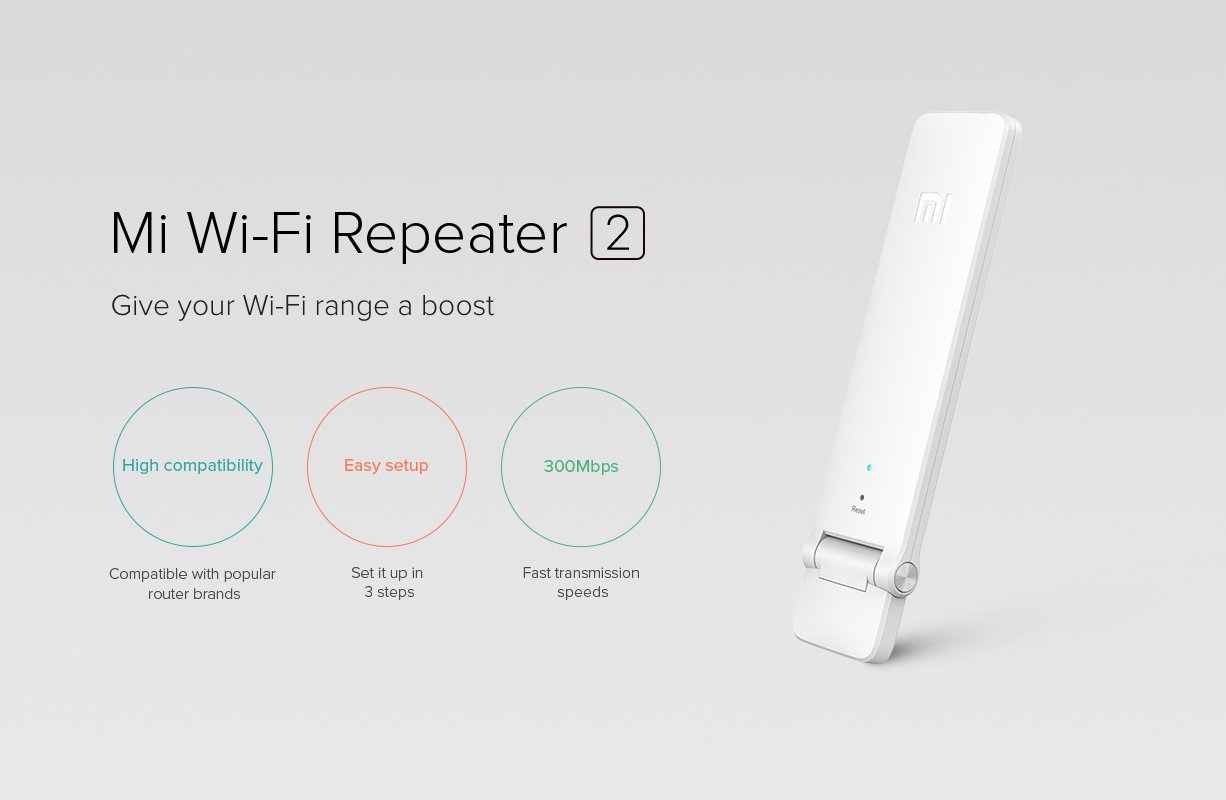Xiaomi has already revealed its plans to release the Redmi Note 4G in India. Yu yesterday announced the Yureka which will be directly competing with the Redmi Note 4G (and 3G). So here is a quick comparison to find the true VFM out of the two.
Contents
Comparison b/w Redmi Note 4G and Yu Yureka
To start off, both Redmi Note and Yureka are decent devices and offer much more than what the competition offers for the same price. Xiaomi started off with redefining the market with its cheap, elegant and powerful devices, but now it is going to face tough competition from Yu (considering they have more devices in the pipeline). Let’s clear the gap with a quick specifications comparison.
| Category | Redmi Note 4G | Yureka 4G |
| Display | 5.5″ 720p (267 ppi) Gorilla Glass 3 |
5.5″ 720p (267 ppi) Gorilla Glass 3 |
| Processor | 1.6 Ghz Quad-Core Qualcomm Snapdragon 400 MSM8928 |
1.5Ghz Octa-Core Qualcomm Snapdragon 615 (x64) MSM8939 |
| RAM | 2GB DDR3 | 2GB DDR3 |
| Storage | 8GB Expandable upto 64GB via SD Card |
16GB Expandable upto 32GB via SD Card (officially) [User reports support upto 128GB] |
| OS | MIUI 6 Based on Android 4.4 (KitKat) |
Cynogen 11 Based on Android 4.4 (KitKat) |
| Network | 4G, 3G & 2G Support Single SIM |
4G, 3G & 2G Support Dual SIM |
| Camera | Back: 13MP w/ Flash & Autofocus Front: 5MP |
Back: 13MP w/ Flash & Autofocus Front: 5MP |
| Battery | 3100 mAh Li-po Standby: 775 hours* Talktime: 38 hours* (*As per Mi) |
2500mAh Li-Po Standby: 210 hours* Talktime: 8 hours* (*As per Yu) |
| Price | ₹9999 | ₹8999 |
So, the quick comparison should already answer most of the things. While the display of both these smartphones is of the same size and with the same pixel density, the differences starts showing when you look at the processor. Yureka uses a newer Snapdragon 615 processor which is much powerful than the Snapdragon 400 used in the Redmi Note 4G. The graphic performance of the Yureka is also better as it uses Adreno 405 as its GPU while Redmi Note packs an older and less powerful Adreno 305.

Storage & RAM
Both pack the similar DDR3 based 2GB of RAM providing enough room for multitasking and running apps smoothly. Coming to the internal storage, Yureka offers 16GB of in-built storage and Redmi Note does 8GB. Having more of internal storage can be beneficial as there is more room to install apps and store other media, but Redmi Note ain’t less either noting that it offers expansion upto 64GB using a SD card whereas Yureka is limited to 32GB only. So, if you’re one of those who install lots of apps, Yureka offers more room, whereas if you want to store lots of media, Xiaomi’s Note 4G is a better option.
Operating System
Operating System is an area where both the devices are entirely different. While Cynogen still tries to maintain a similar UI as Stock Android, Xioami’s MIUI is completely different. Cynogen is known to be stable, more feature rich and customizable whereas MIUI while being stable still offers limited level of customization. MIUI adapts a user interface similar to that of iOS which is considerably different than that offered in stock Android. Developer support for MIUI is huge and same goes for Cynogen, but as Xiaomi launches devices internationally, it attracts a lot of attention towards each individual device. Whereas, Yureka is currently only limited to India and there may not be as much attention given by Cynogen developers as much as what Redmi Note 4G will get from MIUI developers. Still, due to the features, Cynogen does have an edge over MIUI.
Cameras
Camera department is pretty similar with both devices offering 13MP and 5MP back and front cameras respectively. Yu Yureka however does pick up the camera CMOS from Sony which could prove better than what Xiaomi picked up for its Redmi Note 4G. Both can do 1080p recording and Slo-Mo. Yureka is said to achieve upto 120fps for Slo-Mo with the upcoming cynogen update.
Connectivity
Both the devices support the 4G LTE bands being used in India and both will be able to connect to the available 4G, 3G and 2G networks. Other connectivity options such as Bluetooth 4.0, GPS and WiFi are also similar for both these devices. Coming to the physical connectors, the Redmi Note 4G brings with it a MicroUSB 2.0 connector which supports USB OTG (On the Go). Yureka also packs a similar MicroUSB 2.0 connector, but OTG capability is something not known yet and USB OTG option is available as well.
Battery Capacity & Backup
There is a considerable difference when we talk about the battery as Xiaomi powers its Redmi Note 4G with a huge 3100 mAh Li-Po battery whereas Yureka’s 2500 mAh one packs much lesser juice. While Yu does state that the processor is less power hungry and OS level optimizations improve the battery backup by 25%, the backup numbers provided by Yu stand much lower than those provided by Xiaomi. Battery is an important aspect and we need to wait for the devices to land into the market to see how good the real world backup is, but things don’t sound good for the Yureka which should be always hungry for power due to its big screen and a powerful processor. Both devices come with a removable battery, if you’re one of the few concerned about removable batteries.
Warranty Policy
Warranty policy does deserves a mention here as Yu is playing the dice very differently. Yu is officially welcoming everybody to root their Yureka devices and do whatever customizations they want to do with it. On the other hand, Redmi Note 4G brings with it the same standard warranty terms as other OEMs where rooting should be avoided or the warranty will lapse. Yu will also provide access to Yureka’s boot-loader and the Kernel sources making it a perfect device, fit for developmental purposes. Xiaomi revealed no plans of allowing access to the bootloader or Kernel sources of Redmi Note 4G and that’s something not happening, not anytime soon considering Redmi 1S owners are still awaiting the same for their devices. We still need to wait to see how Yu will handle servicing of the devices as they are introducing a doorstep service model whereby there will not be any service centers. This sounds amazing, but how good will they be able to do it is something only time will tell.
Price & Bottom Line
It seems that was it. Over to you to finally make a final decision of going with one of these. Both the devices are outstanding considering what the asking price and what the other competition is offering. Yureka, priced at ₹8999 outstands the Redmi Note 4G which costs ₹9999 in some areas, but lacks considerably when it comes to the battery capacity. Also, servicing will be another reason to lean towards the Redmi Note 4G.
Which device are you planning to purchase? Do leave your input in the comments section as we all will be interested to know your choice 🙂








